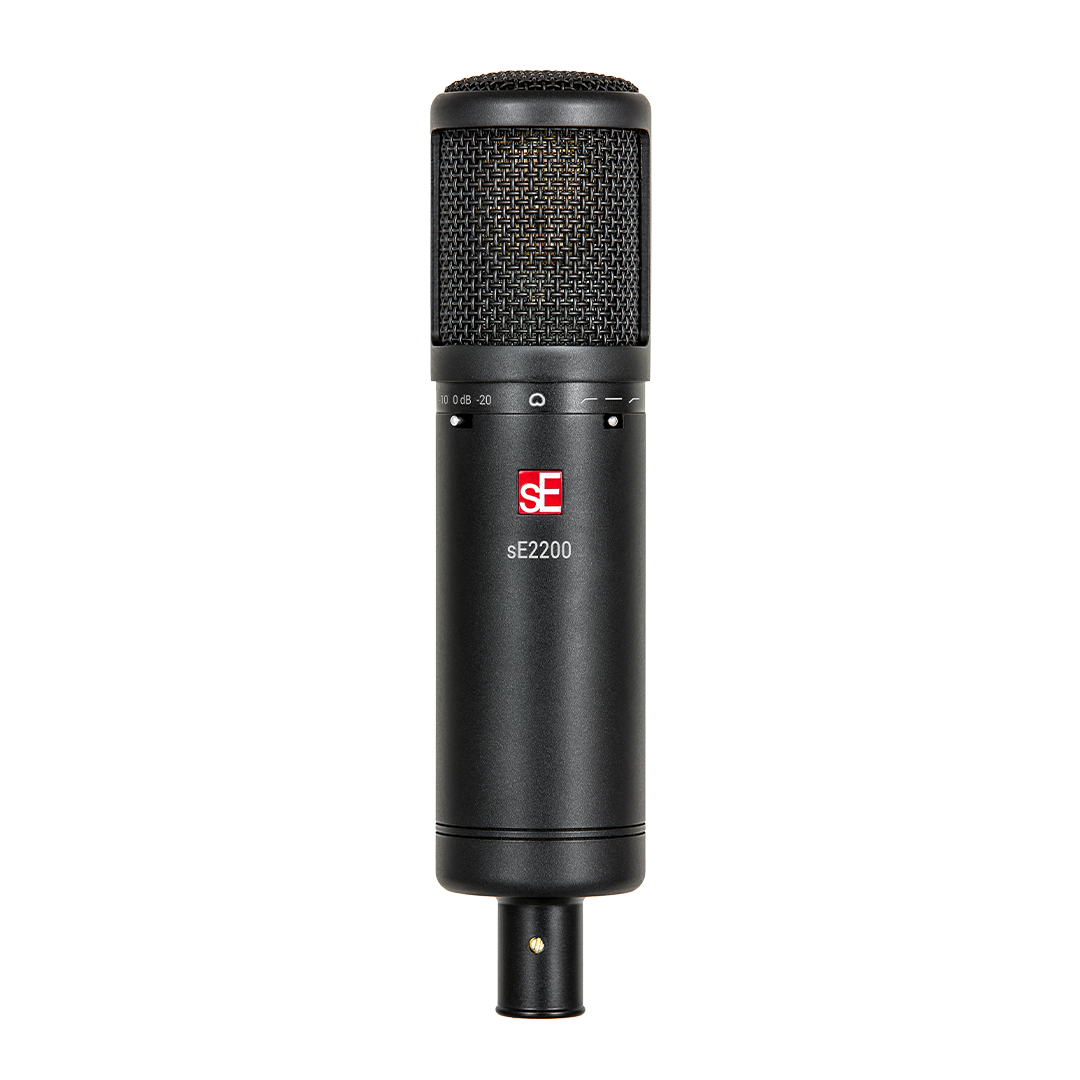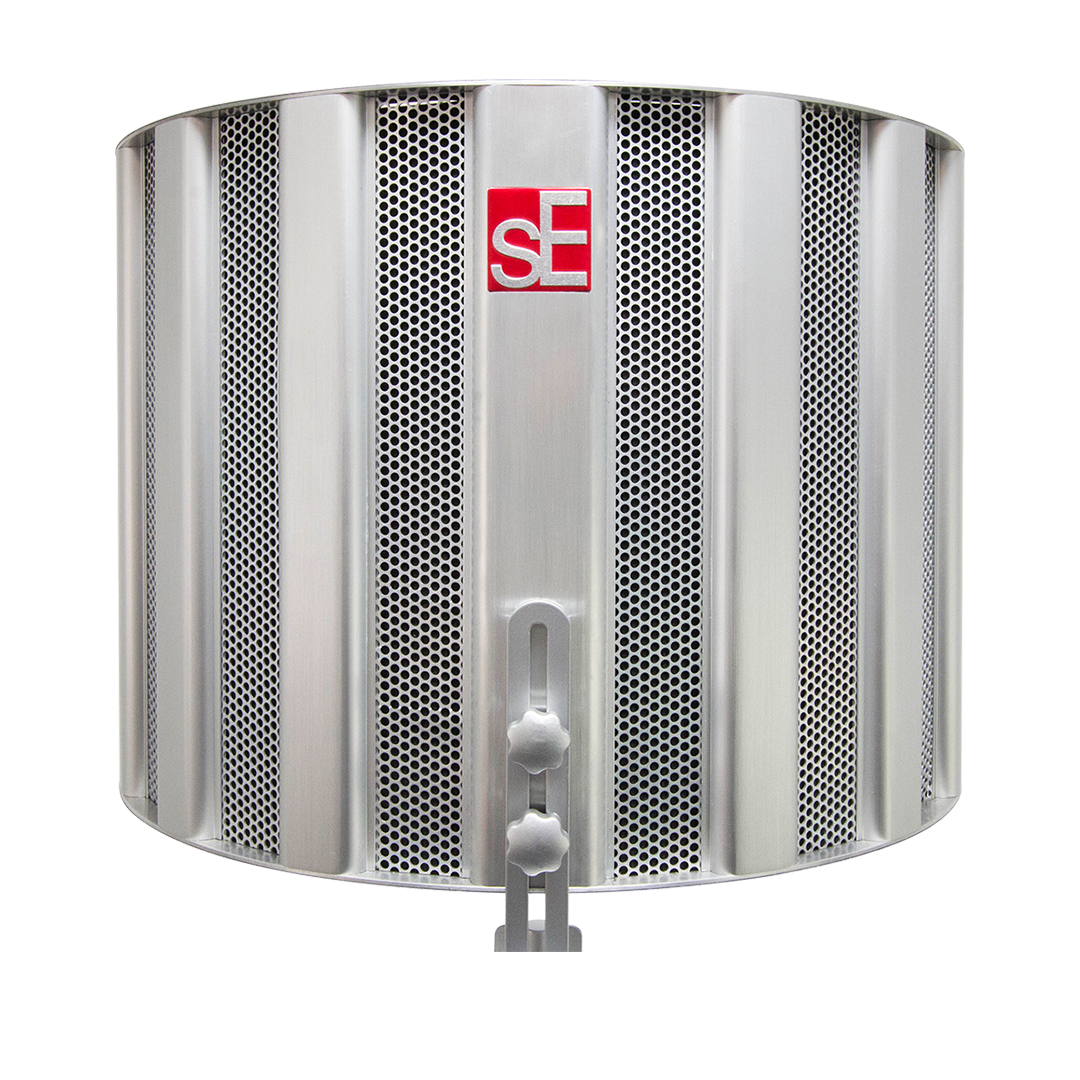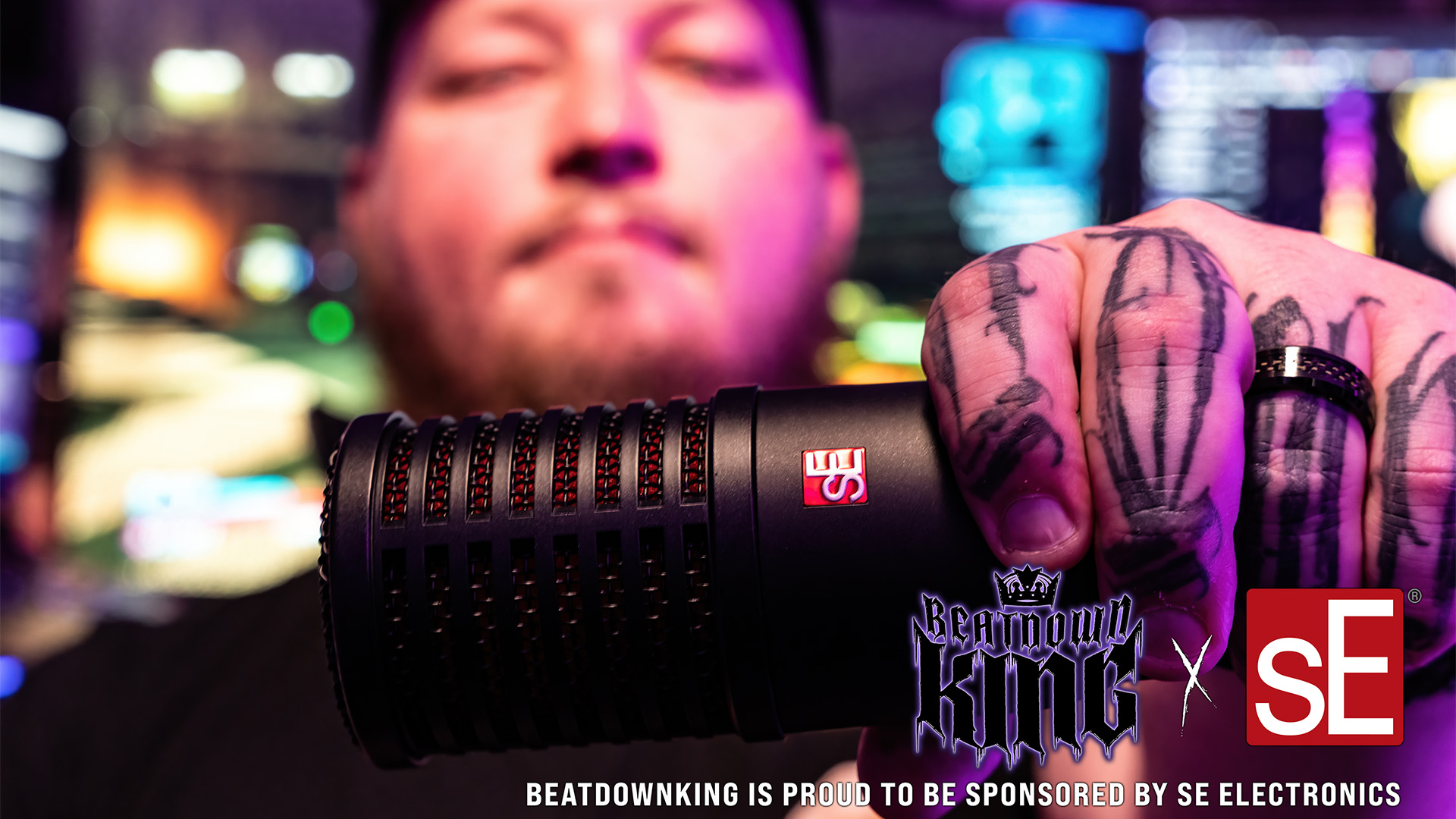Lag-Free Music Production: 7 Tips For Optimizing Your DAW
How do you maximize the sound quality of your music?
We’re in the midst of the digital music production age, and generating audio recordings using digital audio workstation software is now the norm. Popular DAW programs include Ableton Live, Logic Pro X, and Pro Tools, and some of the biggest artists in the world use them.
Ableton Live powers tracks by Deadmau5, Diplo, Flume, Kill Paris, and Wolfgang Gartner. Logic Pro X has helped artists like Billie Eilish and her brother Finneas, Calvin Harris, David Guetta, and Ed Sheeran make songs that get heard around the world. Pro Tools is responsible for the smash hits by Adele, Alicia Keys, Justin Bieber, Metallica, and Pharrell.
Maybe you can give these big names a run for their money? The best way to start is to optimize your DAW to ensure whatever music you produce is lag-free. Let’s have a look at how.
- Close All Other Applications and Computer Functions
Think of your computer’s Central Processing Unit as its brain, juggling multiple tasks at the same time to get work done. One of the most important things you can do when you’re producing your own music using a DAW is to close all the other applications. This frees up your CPU, allowing it to focus its resources where you want them.
Doing this is easy. All you need to do is check your Activity Monitor or Task Manager to see if any unnecessary background apps were launched when your computer started up and close them. We recommend that you actually restart your computer when you’re sitting down to produce some music. This is the best way to ensure that no background programs are running and eating up your CPU.
You can even go as far as turning off your Wi-Fi connection, which has the added benefit of keeping you focused on your song or audio recordings instead of the latest posts on Facebook, Instagram, and Twitter!
- Make Sure Your CPU and Driver Settings Are Correct
These steps to optimize your CPU settings are specific to FL Studio users, but you can easily find similar tips for other DAW software online:
- Ensure that you’ve selected a device for your Audio Stream Input/Output. If you’re using a macOS machine, skip this step. You can opt to use the default ASIO driver on your soundcard if your computer supports one, or just choose the FL Studio ASIO.
- Use these other audio settings as well:
- Set Priority to the highest level and unselect Safe Overloads.
- Set the Resampling Quality to a 24-point sync or less than that.
- Select the following CPU settings as follows:
- Activate Multithreaded Generator Processing
- Activate Multithreaded Mixer Processing
- Activate Smart Disable
- Deselect Align Tick Lengths
- Also, try activating the Triple Buffer and MIx in the Buffer Switch if you run into any CPU issues.
- Don’t Be Afraid to Render to Audio
Don’t be too cautious. Even if you want to change the reverb’s pre-delay later on or your lead synth’s attack, decay, sustain, and release, rendering to audio is an excellent choice. It will free up a lot of CPU because you can close plugins like Kontakt and FabFilter and enjoy much gentler work with audio. It will also speed up your workflow rather dramatically.
Committing to a sound and not being able to go back and forth tweaking sounds forces you to engage with what you’ve got and move forward.
- Make the Most of Your CPU
These days, it’s all about saving energy on our computers, and yours might be in a battery-saving setting by default. If you’re using a Windows computer, choose the High-Performance mode from the power options on offer. For macOS, deactivate any sleep setting. Uncheck both Put Hard Disks to Sleep When Possible and Enable Power Nap.
You’ll be deselecting settings that save energy, so make sure your laptop is always plugged in, as this allows it to make use of its maximum resources.
- Make Use of Return Tracks
Using CPU-intensive effect plugins on return tracks is a good habit to get into. This is because return tracks save on CPU because they use only one plugin. They will also give your music track a sense of cohesion.
For instance, when you use the same reverb settings on a range of instruments, the resultant sound will add a sense of unity and consistency to your arrangement.
- Set the Appropriate Buffer Length
Setting the correct buffer length is the first thing you should do to lighten the load on your CPU, and the best way to figure out what this is is through trial and error. You should maybe start at 1024 samples and see if that latency is not too big for you. Whether it is or not will depend largely on the way you write music.
If you’re working with samples most of the time, then you may not have an issue with high latency. But if you’re the kind of musician who enjoys jamming on the guitar or keyboard, you will need lower latency.
If you need more responsiveness and lower latency during a live recording, try reducing the buffer size to 512 samples or less.
- Set the Appropriate Sample Rate
The sample rate is how many times audio is captured each second. Think of it as the audio equivalent of frames per second in the world of video. You need to ensure that your audio interface sample rate and computer sample rate match. Although they can go up to as high as 192 kHz, most digital music, like that you’ll find on Spotify and YouTube, is at 44.1 kHz.
Coda: Maximize The Benefits Of Your DAW
There are numerous advantages to using a DAW when mixing music or audio. Just some of the benefits include:
- They allow you to record, edit, and produce audio tracks quickly
- DAWs provide you with high quality sound for recording audio
- You can quickly and easily undo mistakes
- DAWs allow you to collaborate with different musicians and even other producers
- It’s very simple to edit metadata like the album title, artist, song name, and record label
Now you’ve got all the hints and tips you need to optimize your DAW for music production that doesn’t suffer from too much lag!
Published: February 2024
By: Sydney Evans (Editor & Keyboard Finger Dancer)


